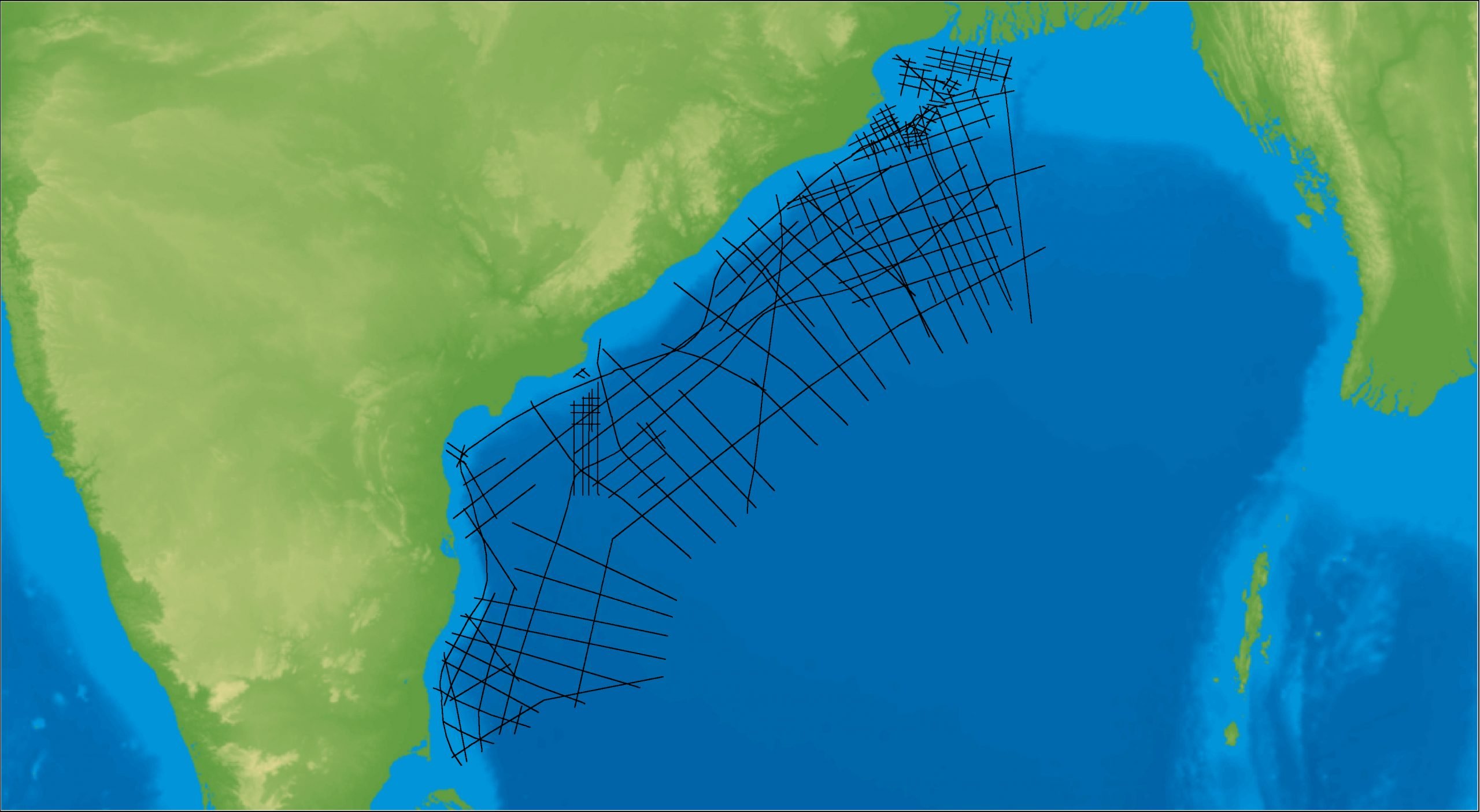The Onshore Mendoza Explorers Package includes 2D and 3D seismic and well data curated specifically for explorers evaluating the prospective Neuquen and Cuyo Basins in the Mendoza province of Argentina, with both significant conventional and unconventional remaining potential. Including a long drilling history which began in 1887 in the Cuyo Basin and the presence of the Vaca Muerta world class source rock, as well as proven prolific reservoirs with many traps still undrilled, this is a very exciting Province in which to explore.
The Mendoza rectified seismic consists of 2D and 3D vintage seismic data in which Searcher has applied its proprietary post-stack reprocessing method. This method was applied to rectify navigation, metadata, amplitude, phase, and time to create a contiguous database that can be easily loaded into any interpretation software. The dataset comprises of circa 40,000 km of 2D and 10,000 square kms of 3D seismic surveys.
The Mendoza Well Atlas consists of 50 wells where Searcher’s G&G team, Discover Geoscience, has undertaken a post-drill well analysis of the key exploration and discovery wells across the basins. The resulting well atlas covers both conventional and unconventional plays.
Karyna Rodriguez, Vice President Global New Ventures at Searcher, said the package is fully supported by the Mendoza provincial government and aligns with the proposed onshore acreage release which signifies an exciting time for explorers in the region.
“Onshore seismic data is notoriously difficult and time consuming to access, verify and load. The project brings all available data together into a seamless package with access provided via a simple web interface allowing screening and downloading from anywhere in the world. It really is a game changer and enables the Mendoza government to showcase the acreage on offer to a global audience.”
Onshore Prospectivity
The province of Mendoza has the first oil wells, drilled in 1887 by the Mendocina Petroleum Company, in the northern Cuyo Basin. Originating as a Triassic rift, its sedimentary section evolved from proximal fan systems to river and lake deposits, with a marked pyroclastic influence, which has influenced reservoir properties. The Jurassic river deposits of the Barrancas Fm are associated with the largest hydrocarbon accumulations. Andean compression reactivated rift faults, generating hydrocarbon traps. Reservoirs are mainly conventional with some production from the tuffaceous and andesitic levels of the Cabras Fm. The source rock is the lacustrine Cacheuta Fm, kerogen Type I, COT 3 to 10%, and thicknesses of 50 to 400 m, although its maturation level is low on a regional scale, it reaches its maximum generation capacity in the Tupungato area, in the west of the basin. It has future potential as an unconventional reservoir.
The northern part of the Neuquen Basin is located in the south of the province. The first wells (Cerro Alquitrán) date back to the beginning of the last century. They were drilled in the vicinity of oil seeps associated with andesitic intrusive bodies, attracting the attention of well-known specialists such as Frederic H. Lahee who visited the region in 1923. The sedimentary section began in a Triassic rift and continued with Jurassic marine and Cretaceous backarc deposits, undergoing intense compressional tectonics that favored the development of fractured reservoirs of the Mendoza Gr. (calcareous levels of the Agrio and Chachao formations). Hydrocarbon accumulations in Tertiary igneous bodies that intruded the Mendoza Gr. have also been important. The continental sandstones of the Neuquén Group were one of the last conventional reservoirs discovered. In terms of unconventional reservoirs the Vaca Muerta (kerogen type II and COT 2-7%) and Agrio (Kerogen type I and COT 0-2%) formations have great potential. The potential of the first has been proven by several wells and its location in the fold and thrust belt provides interesting additional potential.
The onshore data library complements Searcher’s offshore coverage which consists of 156,000 km of 2D, 12,000 square kilometres of 3D, 19,000 km of broadband reprocessed 2D, an extensive well database and a regional study.
Further Details
For more information or to request a data viewing, contact us directly: sales@searcherseismic.com
Project parameters
| Project Size | ~40,000 kms 2D, 10,000 square km 3D & 50 wells |
|---|





